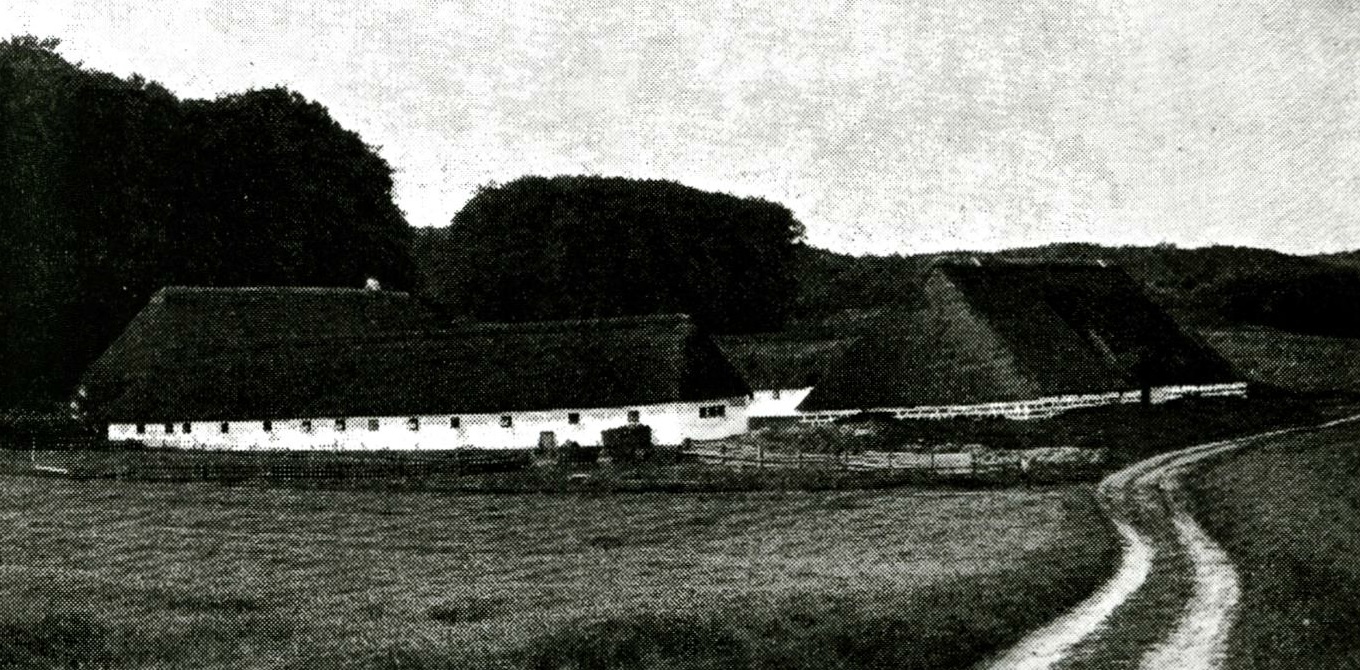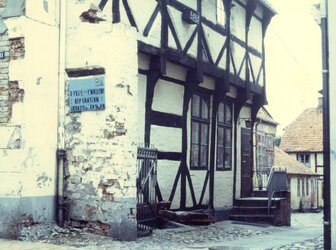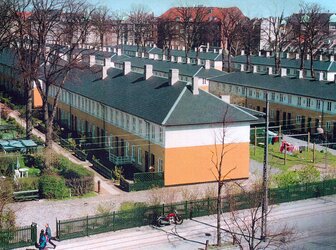Krieger's Garden, Hillerød
During travels to Italy and France, King Frederik IV was inspired to create a baroque garden. According to Frederik IV's wishes, the architect J.C. Krieger completed in 1728 a baroque garden with a long canal interrupted by cascades and fountains. The fountains were bordered by ...
Read more
Project details
| Title: | Krieger's Garden, Hillerød |
|---|---|
| Entr. year: | 1996 |
| Result: | Diploma |
| Country: | Denmark |
| Town: | Hillerød |
| Category type: | landscape, historic parks and gardens |
| Building type/ Project type: | Public/private green space |
| Former use: | Private garden |
| Actual use: | Historic garden open to the public, cultural attraction |
| Built: | 18th century |
| Architect / Proj.leader: | Johan Cornelius Krieger, landscape Architect , Tegnestuen Kvisten, Architects (Copenhagen - DK) |
| The Jury's citation: | "For the imaginative recreation of a baroque garden with a central canal, cascades, fountains , parterres and bosquets, based on historic research whilst carefully making use of modern technical equipment" |
| Web, Links: | www.dnm.dk/UK/The_Castle_Garden.htm |
Description:
During travels to Italy and France, King Frederik IV was inspired to create a baroque garden. According to Frederik IV's wishes, the architect J.C. Krieger completed in 1728 a baroque garden with a long canal interrupted by cascades and fountains. The fountains were bordered by embellished parterres and avenues. The existing slope was divided into four terraces and a central cascade system. The cascade system was in operation for 40 years, but in 1770 the canal and fountain were filled up with dirt, and the terraces were transformed into an orchard and a plant nursery. The old garden was cleared. The remainders of the old avenues and box hedges were felled, and the original foundation for the cascade was cleared. The canal, the cascades and the fountains were recreated using modern construction techniques and hydraulics. The cascade is 225 meters long, and a total of 200 cubic meters of cleaned water re-circulates in the system every hour. This is in contrast to the old system from 1725 when the water came down from the nearby lakes of North Zealand and ran directly into the castle lake. In order to create an illusion of this, an independent re-circulation system has been built in that part of the canal which is closest to the castle lake. A glass wall, hidden under the lower bridge in the baroque garden, separates the lake water from the purified water.
Similar projects

18th century

1936

18th century

19th century

16th century

19th century

1938

19th century
18th century

19th century

18th century



